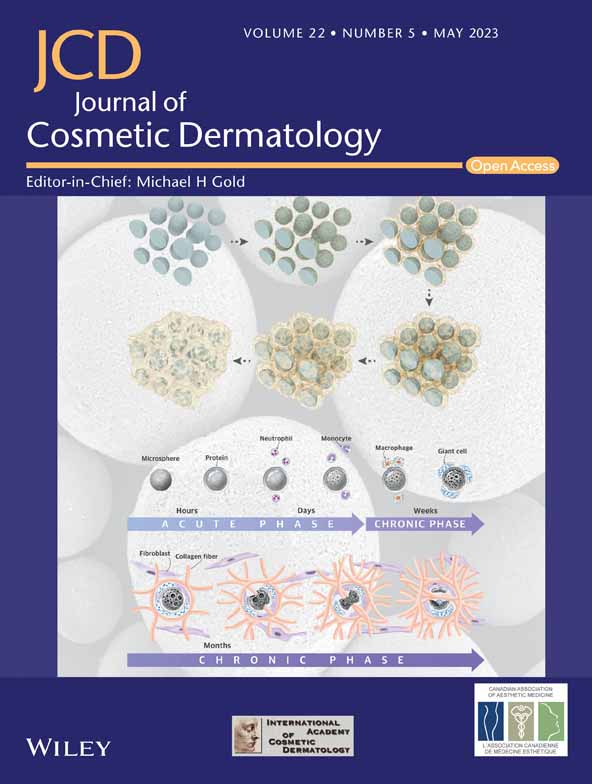Industry collaboration with dermatology education during medical school
There is no doubting the value of the worldwide beauty industry market and the role it has come to play in everyday lives. Most recently, it has been valued at some 500 billion dollars and this figure is continuing to grow.1 This market is varied and includes fragrance, color cosmetics, skincare products, and personal care products. It also includes the category of dermo-cosmetics or cosmeceuticals, which in many countries has not been clearly defined and lacks regulatory recognition. A key challenge, even going back almost a century,2 has been ensuring the safety of these diverse products and moreover maximizing the benefits they can bring to the consumer. There has, however, been a tradition within the medical profession of ignoring their important role in the overall health and wellbeing of consumers.
More broadly, opportunities for dermatology education, especially during medical school, have consistently been shown to be limited.3, 4 Various avenues exist to supplement core teaching, including via industry supported teaching. At the Sydney University Dermatology Society, we have collaborated with the International Dermal Institute and Dermalogica over the last 12 months to provide engaging presentations on a range of topics, including acne, the skin microbiome, formulation technology, and most recently the science of sun safety. These extra-curricular learning opportunities have been positively received and hosting via social media platforms has allowed involvement of students and other interested groups such as dermal therapists from across the country. For the industry, this relationship also provides an avenue to build connections with future physicians.
To our knowledge, there have been no reports of the benefits that the industry might bring to medical education in this context. With increased exposure and training on products available on the market, future doctors will be in a better position to advise on appropriate treatments. It should also supplement specific education around adverse reactions and reporting to ensure patient and consumer safety. Those with a particular interest in research and development might also go on to collaborate with industry to enable new product innovations.
A practical solution to promote industry collaboration would be to involve a range of views from industry themselves, clinical practice, academia and patients or users in forum-type discussions. In this way, ideas can be cross pollinated across fields. To minimize conflicts of interest, which should be declared up front in any case, discussions should center on general theory and treatment approaches, as opposed to specific products.
We advocate for an open mind when dealing with the medical student and skincare industry relationship. There are cases where it may not be appropriate to engage, for instance if the primary purpose is about selling products or services; however, when the benefits are educational and might lead to better patient outcomes, a partnership should be strongly considered. The relationship has great merit in enabling greater access to potential patient treatments and perhaps, most importantly, if physicians and future medical professionals do not provide a voice, it leaves the avenue open for less qualified people to make judgments and recommendations (e.g., via personal blogs) that may result in patient harm.5
ACKNOWLEDGMENTS
We would like to thank Prof Howard Maibach M.D. (UCSF) for thoughtful comment and advice.
CONFLICT OF INTEREST
SEM is an M.D. Ph.D. student and member of the Sydney University Dermatology Society. SH is an employee of Dermalogica Australia.
ETHICAL STATEMENT
No ethical approval was required in the writing of this letter.
Open Research
DATA AVAILABILITY STATEMENT
The data that support the findings of this study are available from the corresponding author upon reasonable request.




